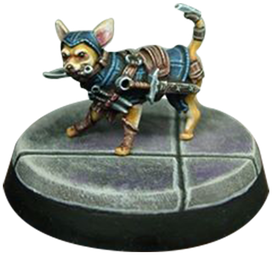
Butler himself refined his definition of ageism in 1975 as “a process of systematic stereotyping and discrimination against people because they are old” (Butler 1975). Although ageism can be aimed at younger age groups (Snape and Redman 2003), most of the theoretical and empirical research on ageism has focused on the old age group (Iversen et al. According to his early definition, ageism is an age discrimination which is reflected in the prejudice of one age group toward other age groups (Butler 1969). The term ageism was first coined by Butler in 1969. Because of the gradual reduction of personal and social resources people often encounter in the later stages of life, we suggest some long-term strategies that recognize decline as a valid dimension of ageing and personhood and emphasize alternative resources. In order to cope with this fear, different age groups differentiate themselves from the old age group by adopting diverse strategies including younger age identities, a distinction between the third and the fourth age, as well as theories like successful and active ageing. The model highlights a unique feature of ageism, which, in contrast with other types of prejudice and discrimination, is not directed towards distinct out-groups, but rather towards our future selves by symbolizing a fear of death and its accompanying deterioration. Finally, social identity theory focuses on the diverse expressions of ageism among different age groups. Stereotype embodiment theory provides a complementary explanation for self-ageism among the young-old and old-old age groups. Terror management theory provides an explanation for the roots and motives of ageism towards old age groups among young and middle-aged groups as well as among the young-old age group. You will therefore find rules that allow you to incorporate with the powers of totem spirits, as well as information about a range of fantastical creatures living along side the mammoths and the cave bears, such as fire spirits, witches and glacier giants.This chapter presents a model that explains the origins of ageism at the individual level among different age groups. However, the world of Würm also leaves room for a touch of fantasy and adventure. The game is faithful to established archeological sources, carefully relaying what we know of the technical knowledge, environment and culture of our ancestors. Additionally, Talents and Secret Techniques represent the abilities that a character will have to learn, such as painting, shamanism or certain combat techniques. For example, to develop the characters, you won’t need skills and stats, but a number of Strengths and Weaknesses that are connected to specific totems. Most of all, they were designed to reflect the challenges of the Stone Age.

For the most part, they only require a few six-sided dice. These rules were designed to be simple and clear. During your adventures, whether simply surviving or going on perilous hunts and legendary quests, your characters will gain strength, wisdom and prestige by exploring unknown territories, daring to enter mysterious caves, seeking out the powers of ancient spirits, or challenging the creatures of the night.Īll the rules you need to play Würm are included in the core rulebook. In this game it's up to you to imagine what life was like for our ancestors, and provide your own vision of this time before time. Among these huge creatures, two species of humans live in small communities of hunter-gatherers: the robust Bear Men (Neanderthals) and the taller Long Men (Cro-Magnon, or Cavemen).

In this long-forgotten time, many powerful creatures roamed over a vast territory covered in steppes and taiga, reaching from the white mountains to the raging sea: mammoths, aurochs, bison, giant deer, cave bears and cave lions.

Würm is a system-lite RPG with an indie aesthetic that sets in the last period of the Ice Age.


 0 kommentar(er)
0 kommentar(er)
